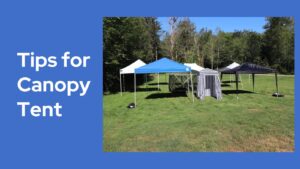When embarking on a camping trip, having the right gear can make all the difference between a successful adventure and a frustrating experience.
As a beginner camper, it can be overwhelming to know what essentials to bring along.
That’s where a camping checklist comes in handy. In this post, we will discuss the importance of having the right gear for a successful camping trip and introduce a comprehensive checklist for beginners to ensure you have everything you need for a memorable outdoor experience.
So, grab your tent and sleeping bag, and let’s dive into the essentials for your next camping trip.
1. Shelter
tent
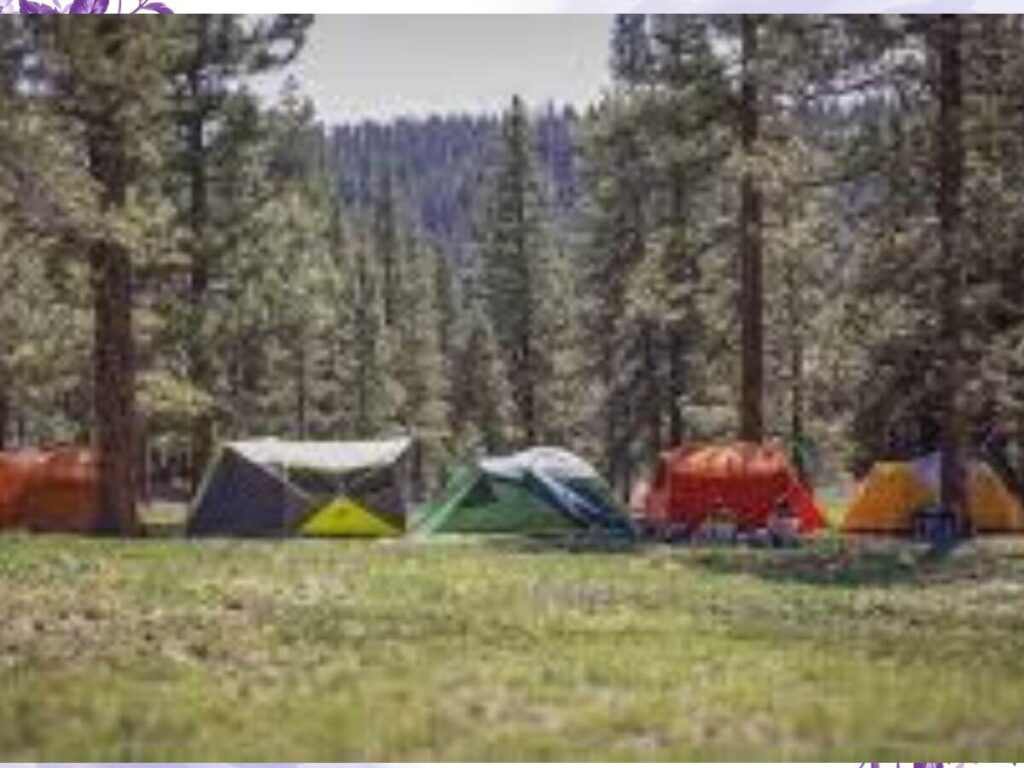
When it comes to choosing a shelter for camping, one of the most popular options is a tent. Tents provide a portable and relatively comfortable living space for campers to rest and protect themselves from the elements.
When selecting a tent, it is important to consider the size of the tent in relation to the number of campers. A tent that is too small can feel cramped and uncomfortable, while a tent that is too large may be difficult to heat and maintain in inclement weather.
When looking for a tent, it is crucial to consider the weather-resistant features that it offers. Look for tents with a durable rainfly that can withstand heavy rainfall and strong winds. Seam-sealed waterproof fabric is also essential to keep water out and ensure a dry and comfortable interior. Additionally, ventilated windows and mesh panels can help to prevent condensation buildup inside the tent.
Setting up a tent properly is key to creating a safe and comfortable camping experience.
Sleeping Gear
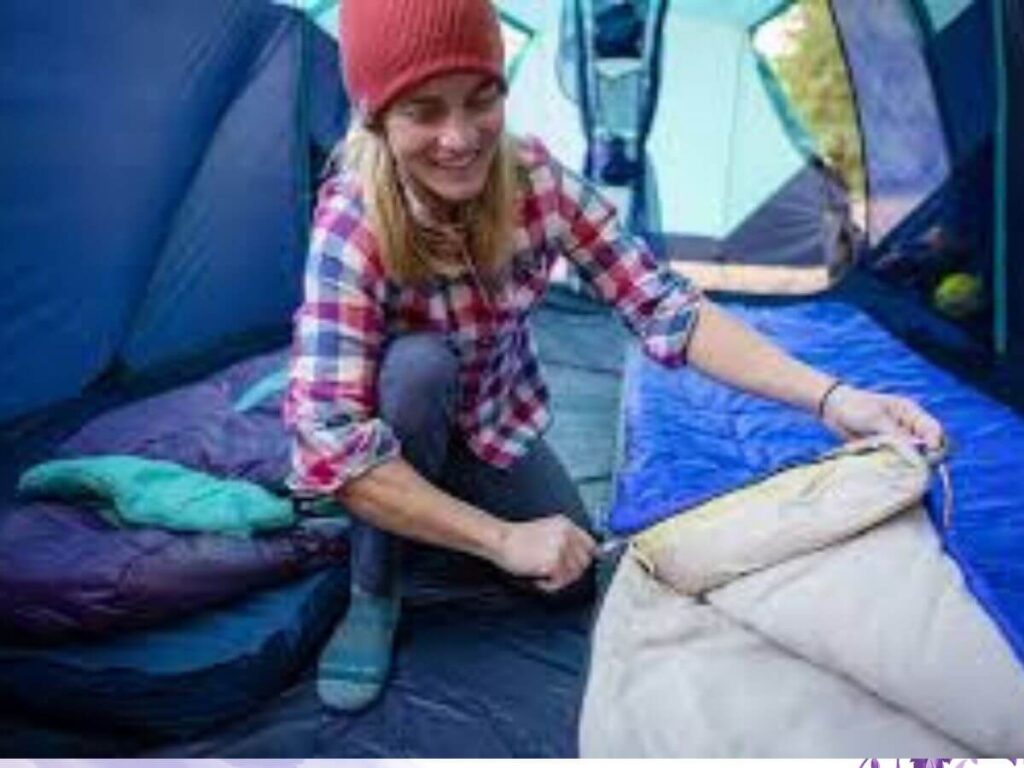
When it comes to camping or backpacking, having the right sleeping gear is essential for a restful night’s sleep.
Two key components of sleeping gear are the sleeping bag and sleeping pad. Each plays a crucial role in providing comfort and warmth while you rest in the great outdoors.
Bag
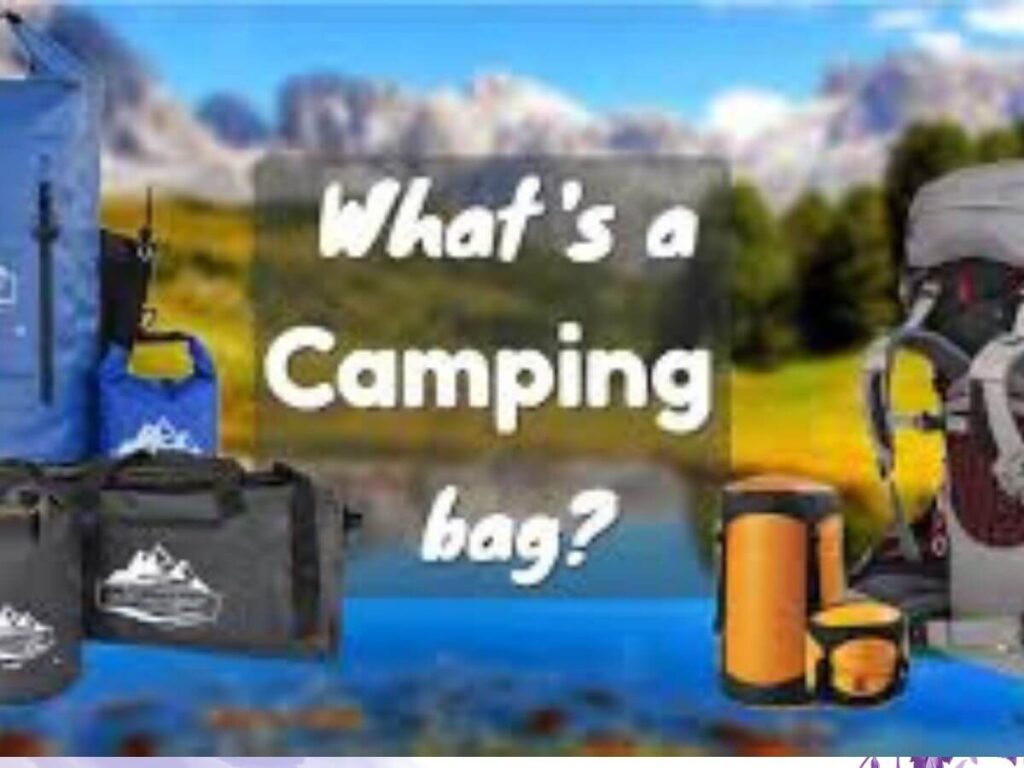
Temperature rating and options One of the most important factors to consider when choosing a sleeping bag is the temperature rating. This rating indicates the lowest temperature at which the bag will keep you warm.
It’s important to choose a bag with a temperature rating that matches the climate of the areas you’ll be camping in. Options range from summer bags, which are lightweight and designed for warm weather, to winter bags, which are insulated and ideal for cold temperatures.
Packability and weight
Packability and weight considerations Another important factor to consider when choosing a sleeping bag is packability and weight. Backpackers often need lightweight, compact sleeping bags that can be easily carried in a pack. Look for bags that compress down small and are made of lightweight materials to minimize the weight you’re carrying on your back.
Sleeping Pad
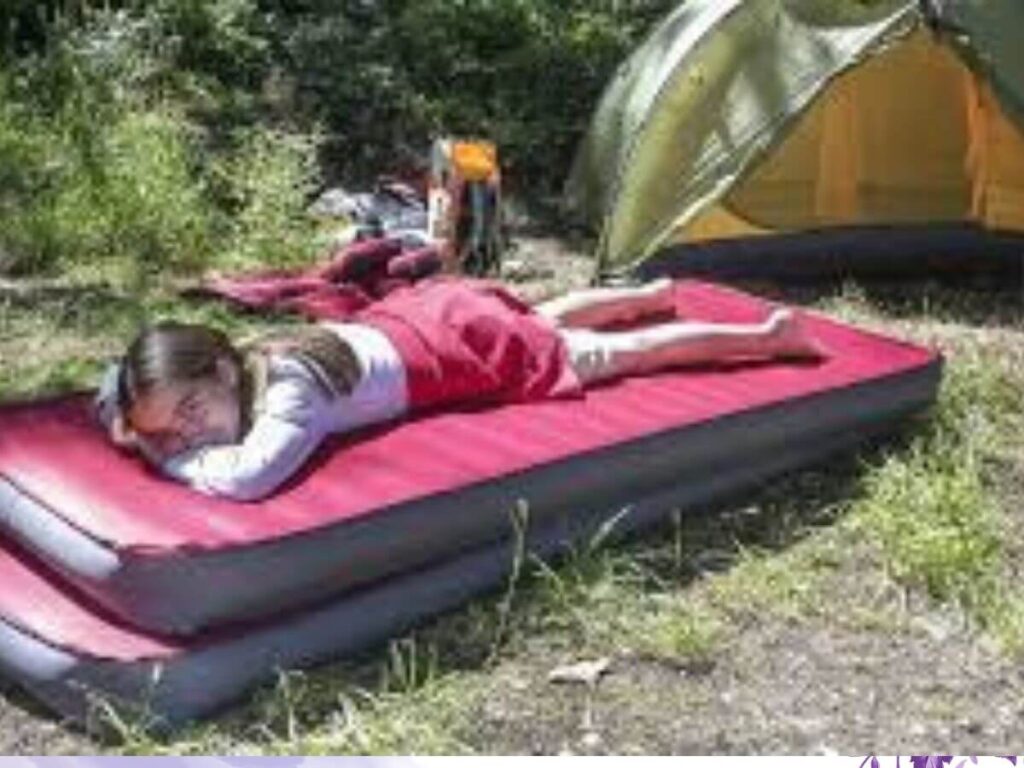
Types of sleeping pads (foam vs. inflatable) Sleeping pads come in two main types: foam and inflatable. Foam pads are typically more durable and provide good insulation from the ground. They are also budget-friendly and can be easily rolled up for transport. Inflatable pads, on the other hand, are more compact and lightweight, making them popular
2. Cooking and Food
Cooking and food are essential components of any camping experience, as they provide nourishment and comfort after a long day of outdoor activities. When it comes to cooking in the great outdoors, a camp stove is often the go-to option for preparing meals.
Camp Stove
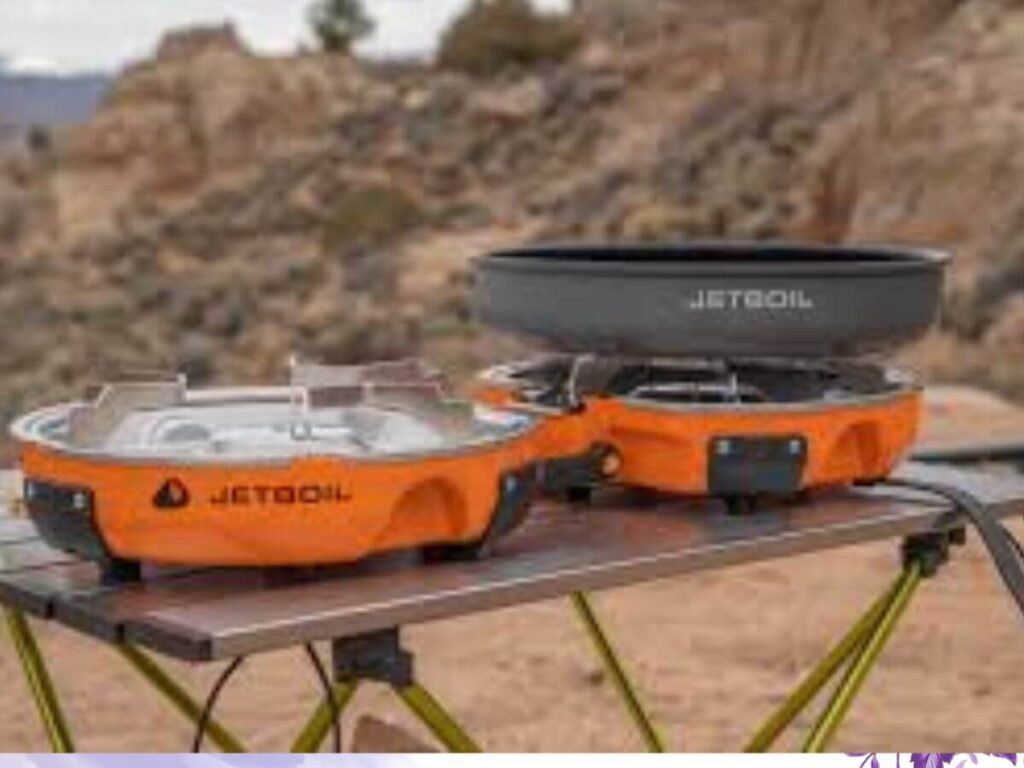
When considering a camp stove, it is important to think about fuel type options and portability. Many camp stoves run on propane, butane, or white gas, each offering different levels of convenience and ease of use.
Propane stoves are popular for their availability and easy setup, while butane stoves are known for their lightweight design.
White gas stoves are more versatile and can handle extreme weather conditions. Portability is also a key factor to consider, as you want a stove that is easy to transport and set up at your campsite.
Cooking capabilities and ease of use are also important aspects to consider when choosing a camp stove. Look for a stove that offers a range of cooking options, such as simmering, boiling, and grilling. Ease of use is crucial, especially when cooking in outdoor conditions.
Make sure the stove is user-friendly and intuitive to operate, so you can focus on enjoying your outdoor adventure.
Cookware
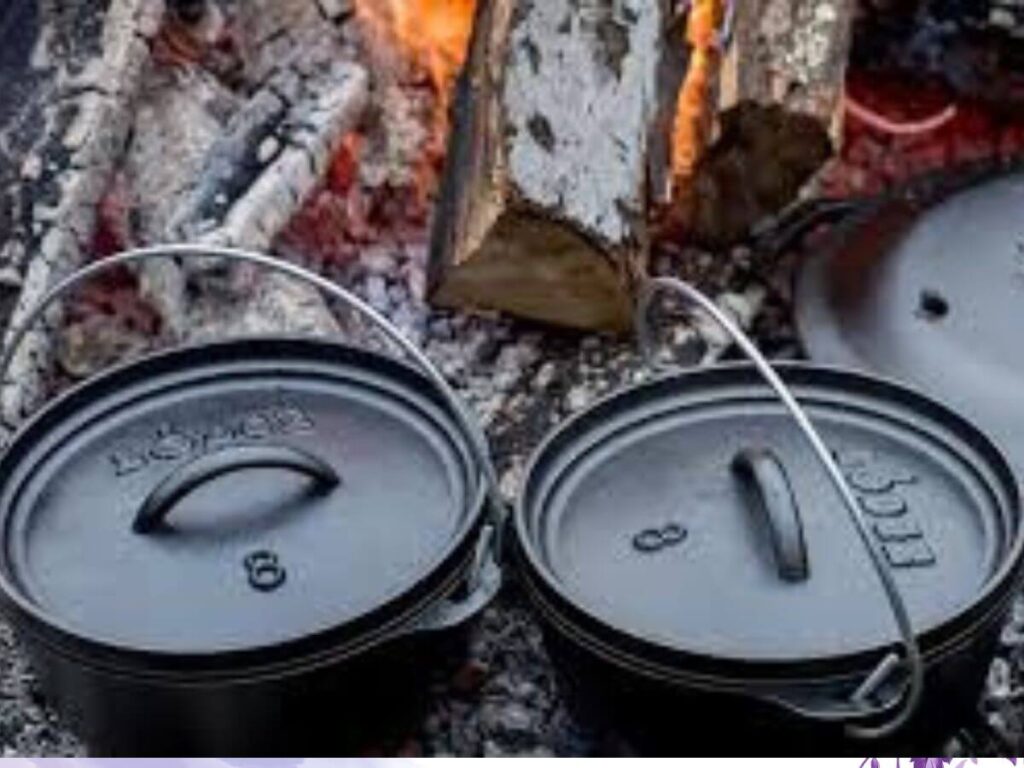
Essential pots, pans, and utensils are necessary for cooking delicious meals while camping. Invest in durable and lightweight cookware that can withstand outdoor conditions.
3. Clothing and Footwear
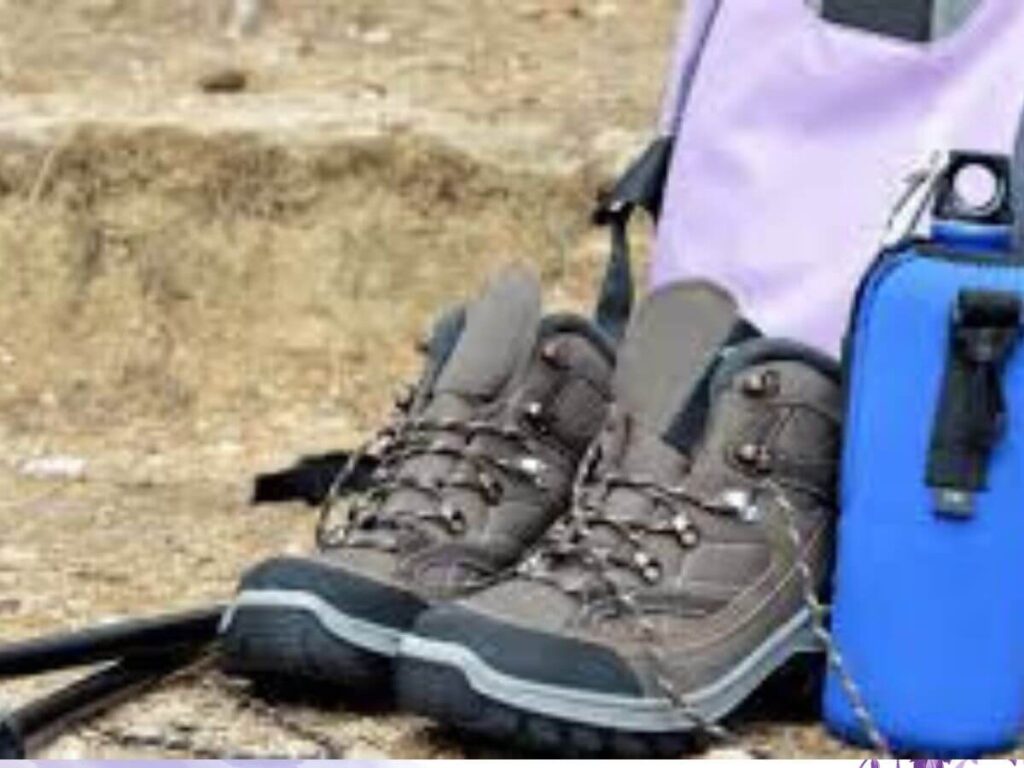
Clothing and footwear play a crucial role in ensuring comfort and safety during outdoor activities, especially when camping.
Proper layering is essential for maintaining optimal body temperature and moisture control. By implementing a well-thought-out layering system, outdoor enthusiasts can stay comfortable and protected from the elements.
Layering System: The importance of proper layering cannot be overstated when it comes to outdoor comfort.
The layering system consists of three main layers: base, mid, and outer layers. The base layer is responsible for wicking moisture away from the skin to keep it dry and regulate body temperature.
The mid-layer provides insulation to retain heat, while the outer layer acts as a shield against wind, rain, and snow.
Clothing materials suitable for camping: When selecting clothing materials for camping, it is important to prioritize functionality and durability.
Merino wool is a popular choice for base layers due to its natural moisture-wicking properties and odor resistance. Synthetic materials like polyester and nylon are also great options for their
Footwear is perhaps the most crucial aspect of outdoor attire. Ill-fitting shoes can lead to blisters, discomfort, and even injuries.
When choosing hiking boots, it is important to consider factors such as the terrain you will be navigating, the weight of your pack, and the length of your hike.
It is advisable to try on several different pairs of boots and walk around in them to ensure a proper fit.
Additionally, selecting boots with good ankle support and waterproofing capabilities can further enhance your hiking experience.
When it comes to socks, investing in moisture-wicking and cushioned options can help prevent blisters and discomfort.
4. Lighting and Navigation
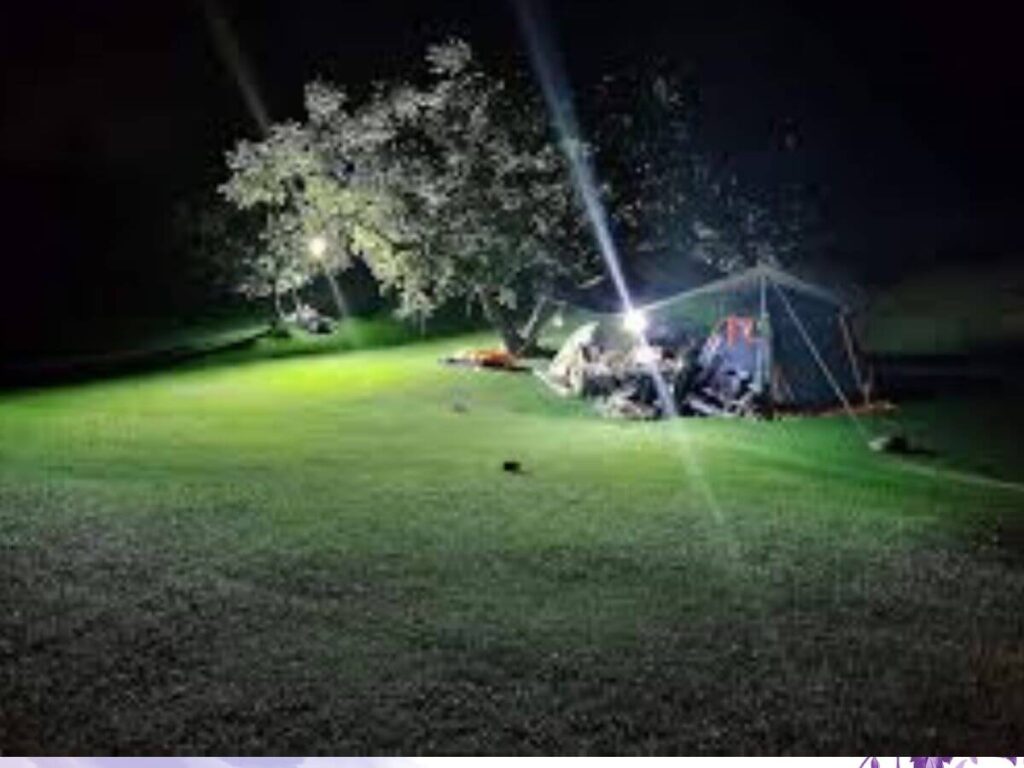
Lighting and Navigation are essential components of any camping trip, whether you are heading out for a weekend in the woods or embarking on a longer wilderness adventure.
Having the right tools for lighting and navigation can make a significant difference in your overall experience and safety in the great outdoors.
Headlamp or Flashlight

When it comes to choosing between a headlamp or flashlight for lighting during your camping trip, there are a few factors to consider. One of the most important considerations is brightness, as you want a light that is powerful enough to illuminate your surroundings effectively. Additionally, battery life is crucial, especially for longer trips where access to charging may be limited. Opting for a headlamp can also provide the benefit of hands-free lighting, allowing you to perform tasks such as setting up camp or cooking without the need to hold a flashlight.
Map and Compass

While technology has made navigation easier with the use of GPS devices and smartphones, it is essential for campers to have basic map and compass skills. Understanding how to read a map and use a compass can be a lifesaving skill in case of technical failures or loss of signal. Having a backup navigation tool such as a physical map and compass is crucial for ensuring you can find your way back to camp or navigate through unfamiliar terrain.
basic navigation skills for campers
Before heading out on your camping trip, take the time to familiarize yourself with basic navigation skills such as map reading and compass use. Practice identifying landmarks on
5. First Aid and Safety
When it comes to protecting ourselves and others from potential harm, having the right first aid supplies and safety gear on hand is essential.
Whether you are at home, in the workplace, or out in the wilderness, being prepared for emergencies can make all the difference in a life-threatening situation.
In this post, we will discuss the importance of having a well-stocked first aid kit and the necessary safety gear to ensure the safety and well-being of yourself and those around you.
First Aid Kit
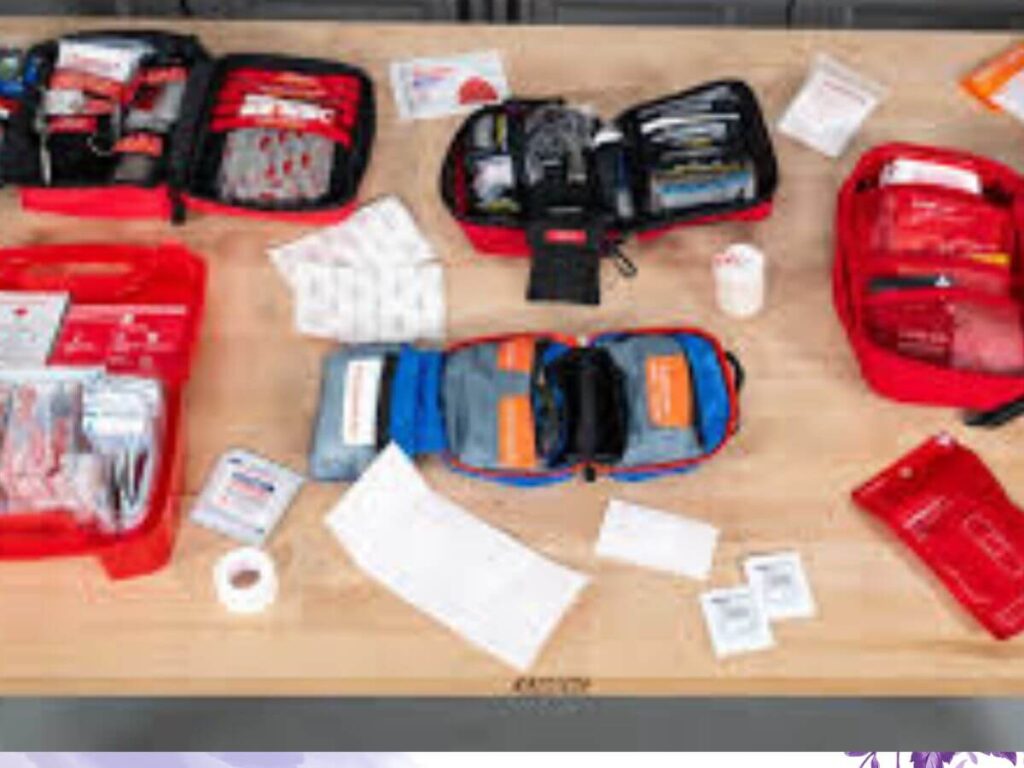
A first aid kit is a must-have item in any setting, as it contains essential supplies for treating minor injuries and providing initial care before professional medical help can be obtained.
Some basic items that should be included in a first aid kit are bandages, adhesive tape, antiseptic wipes, gauze pads, scissors, tweezers, and disposable gloves. It is also important to regularly check and restock your first aid kit to ensure that all supplies are up to date and ready for use in case of an emergency.
Safety Gear

In addition to having a well-equipped first aid kit, it is also crucial to have the appropriate safety gear on hand to prevent accidents and injuries from occurring in the first place.
This can include items such as helmets, gloves, safety goggles, ear protection, and reflective clothing. Depending on the nature of your work or activities, additional safety gear may be necessary, such as respirators, harnesses, or life jackets.
6. Miscellaneous Essentials
Multitool or Knife
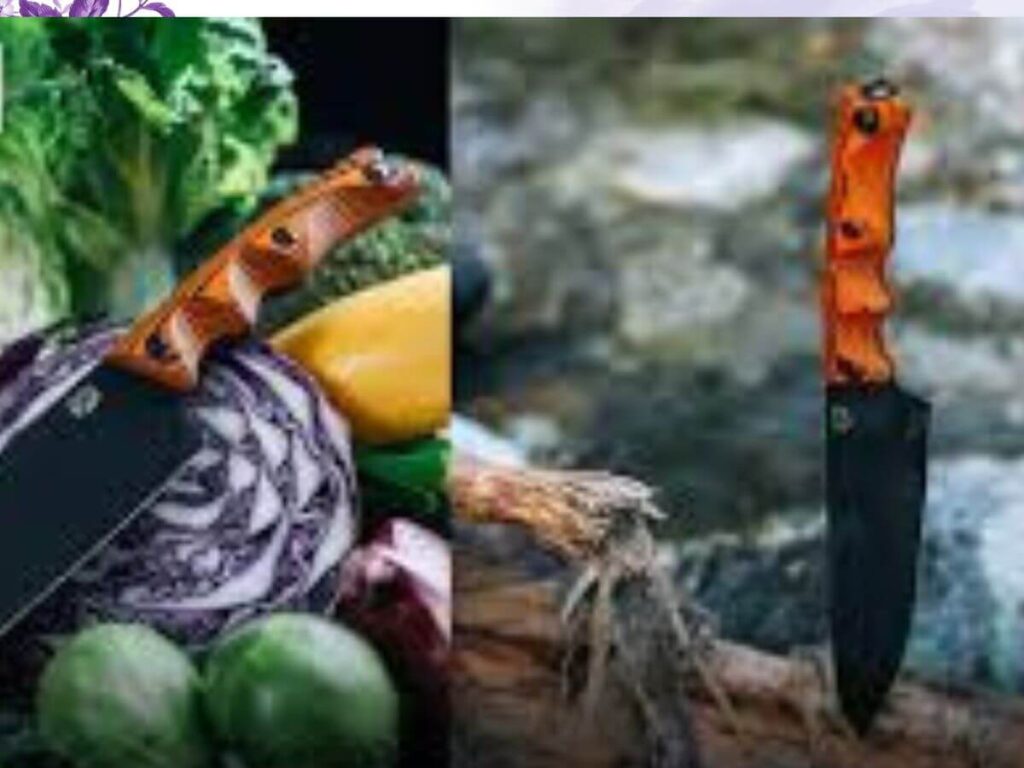
A multitool is a versatile tool that can come in handy in a variety of situations, especially when camping. One of the main benefits of a camping multitool is its versatility.
With multiple functions in one compact tool, you can save space in your camping pack and reduce the need to carry multiple individual tools.
A multitool typically includes features such as a knife, scissors, screwdrivers, and bottle openers, making it a convenient all-in-one solution for various tasks in the outdoors. Whether you need to cut rope, open a can, or make a quick repair, a multitool can handle it all.
When using a multitool for camping, there are a variety of versatile uses to consider. One of the most common uses for a multitool in camping is cutting.
Whether you need to prepare food, cut rope, or fashion a makeshift shelter, the knife on a multitool can handle these tasks with ease. Another useful function of a multitool is the screwdriver, which can come in handy for making quick repairs to gear or equipment.
Additionally, the scissors on a multitool are useful for cutting bandages, trimming loose threads, or even grooming.
Duct tape
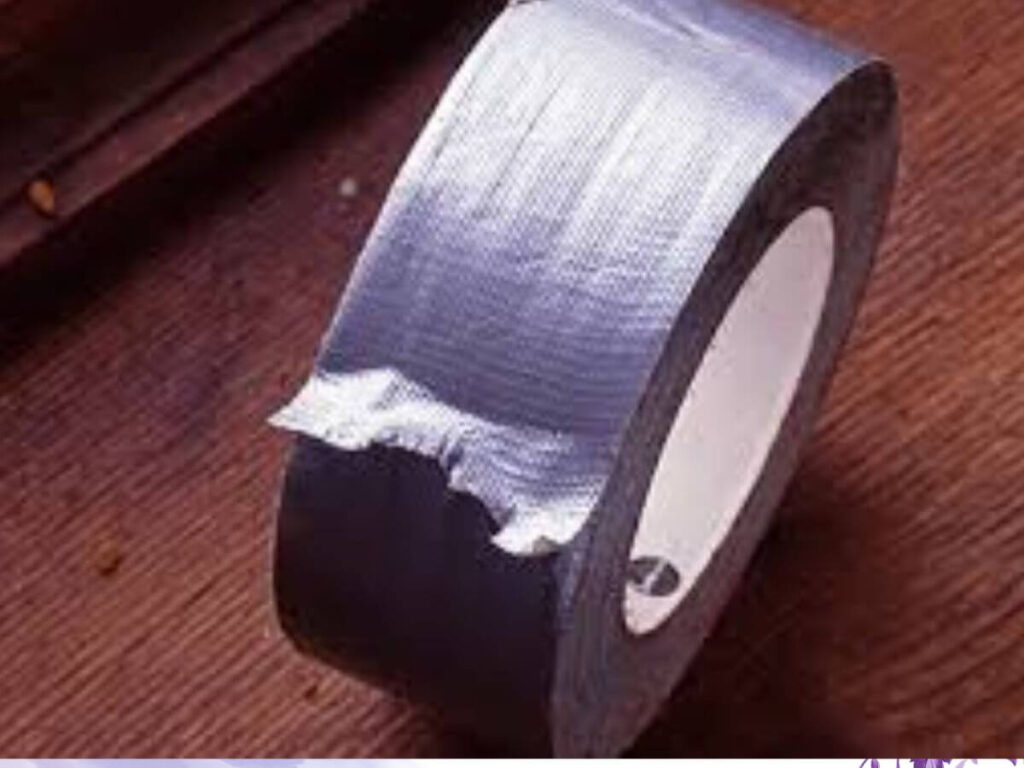
a versatile and handy tool that has been a staple in toolboxes and camping kits for years. Its strong adhesive and durable material make it perfect for a variety of tasks, especially while camping. In this blog section, we will explore some creative ways to use duct tape while camping and how it can be used to repair gear and equipment.
Creative ways to use duct tape while camping One of the most popular uses of duct tape while camping is for quick and temporary repairs. Whether it’s patching a hole in a tent, fixing a broken strap on a backpack, or even mending a torn sleeping bag, duct tape can be a lifesaver in the wilderness.
Another creative use for duct tape while camping is for marking trails or paths. By tearing off strips of tape and placing them on trees or rocks, you can easily navigate your way back to your campsite or mark points of interest along your hike.
conclusion
In conclusion, having a comprehensive camping gear checklist is crucial for beginners to ensure they have everything they need for a successful outdoor adventure.
By customizing the checklist based on personal preferences and camping style, individuals can ensure they are well-prepared for any situation that may arise.
To enhance the camping experience even further, consider these final tips: always check the weather forecast, pack extra layers of clothing, bring along a first aid kit, and familiarize yourself with the campground rules and regulations.
With proper preparation and a well-thought-out checklist, beginners can enjoy a memorable and stress-free camping trip. Happy camping!






